LATVIJA.FM
Latvia’s Jewelry: Crafting Symbols of Heritage
In Latvia, jewelry has always been more than adornment. It is storytelling in metal, a reflection of heritage, belief, and identity passed through generations. From ancient brooches found in burial sites to contemporary designs seen in art galleries, Latvian jewelry captures the spirit of a nation deeply rooted in tradition yet unafraid of reinvention. Behind every pin, pendant, or ring lies a rich language of symbolism—where nature, myth, and craftsmanship converge.
Ancient Forms, Timeless Meaning
The story of Latvian jewelry begins in the Iron Age, when metalwork was not just a skilled trade but a vital expression of cultural and spiritual life. Archeological finds across the Latvian countryside have revealed an astonishing variety of ornaments—fibulas, spiral rings, decorative pins—crafted in bronze, silver, and later, gold. These were not merely personal decorations but symbols of status, tribal affiliation, and cosmic belief systems.
Among the most iconic are the “sakta” brooches, elaborate fasteners used to hold together traditional garments. Their shapes—sun discs, crosses, animals—were not chosen by chance. The sun, for example, was revered in Latvian folklore as a life-giving force, and jewelry bearing its image was believed to offer protection and harmony with nature. Worn close to the heart, these pieces carried the power of both beauty and meaning.
Among the most iconic are the “sakta” brooches, elaborate fasteners used to hold together traditional garments. Their shapes—sun discs, crosses, animals—were not chosen by chance. The sun, for example, was revered in Latvian folklore as a life-giving force, and jewelry bearing its image was believed to offer protection and harmony with nature. Worn close to the heart, these pieces carried the power of both beauty and meaning.
From Pagan Roots to National Identity
As Christianity reached Latvian lands in the Middle Ages, local traditions adapted rather than vanished. Pagan symbols persisted in subtle forms, concealed in decorative patterns or reimagined within Christian motifs. Jewelry continued to evolve, but the essence of Latvian craftsmanship—its precision, elegance, and connection to the land—remained intact.
By the 19th century, amid national awakening and growing interest in preserving folk heritage, jewelry took on a new role. Artisans and intellectuals alike looked to ancient designs for inspiration, reviving traditional techniques and patterns as a way to assert cultural pride. Wearing Latvian jewelry became a quiet but powerful act of identity, particularly during times of foreign rule or cultural suppression.
Even today, traditional pieces are commonly worn during folk festivals, national holidays, and weddings. The symbolism remains relevant, linking modern Latvians to their ancestors in a living chain of memory.
By the 19th century, amid national awakening and growing interest in preserving folk heritage, jewelry took on a new role. Artisans and intellectuals alike looked to ancient designs for inspiration, reviving traditional techniques and patterns as a way to assert cultural pride. Wearing Latvian jewelry became a quiet but powerful act of identity, particularly during times of foreign rule or cultural suppression.
Even today, traditional pieces are commonly worn during folk festivals, national holidays, and weddings. The symbolism remains relevant, linking modern Latvians to their ancestors in a living chain of memory.
Modern Artistry, Ancient Echoes
In contemporary Latvia, the art of jewelry-making is thriving, led by a new generation of artists who blend tradition with innovation. Inspired by their heritage, they reinterpret ancient forms in fresh ways—creating minimalist pendants that echo prehistoric spirals or crafting sleek rings that mirror the rhythms of nature.
While some focus on preserving historical authenticity, others use traditional symbols to comment on the present. The result is a dynamic and evolving art form that remains deeply personal and unmistakably Latvian. Local materials, like Baltic amber and native metals, are still widely used, grounding each piece in the geography of its origin.
Latvia's jewelry artists are gaining recognition not just at home but internationally, with their work exhibited in design fairs, galleries, and cultural museums across Europe. Their creations carry a quiet strength—testaments to the idea that heritage is not static but something continually shaped and reimagined.
While some focus on preserving historical authenticity, others use traditional symbols to comment on the present. The result is a dynamic and evolving art form that remains deeply personal and unmistakably Latvian. Local materials, like Baltic amber and native metals, are still widely used, grounding each piece in the geography of its origin.
Latvia's jewelry artists are gaining recognition not just at home but internationally, with their work exhibited in design fairs, galleries, and cultural museums across Europe. Their creations carry a quiet strength—testaments to the idea that heritage is not static but something continually shaped and reimagined.
Conclusion: Beauty Worn with Meaning
Latvian jewelry is not simply worn—it is lived. Whether inherited from a grandmother or crafted by a contemporary designer, each piece speaks of history, identity, and belonging. It connects the wearer to centuries of tradition and to the symbols that have defined Latvian culture—the sun, the earth, the spiral of life.
In a world of fleeting fashion, Latvian jewelry endures because it means something. It holds stories etched in metal, shaped by hand, and carried through time. To wear it is to wear the soul of a nation—quietly radiant, unbreakably rooted, and forever adorned with meaning.
In a world of fleeting fashion, Latvian jewelry endures because it means something. It holds stories etched in metal, shaped by hand, and carried through time. To wear it is to wear the soul of a nation—quietly radiant, unbreakably rooted, and forever adorned with meaning.
Cover image: Vaija, CC BY-SA 4.0
“Sakta – a traditional Latvian female brooch, part of a bridal costume. Courland Governorate, Ventspils district. Early 19th century.”
Link to original on Wikimedia Commons
“Sakta – a traditional Latvian female brooch, part of a bridal costume. Courland Governorate, Ventspils district. Early 19th century.”
Link to original on Wikimedia Commons
